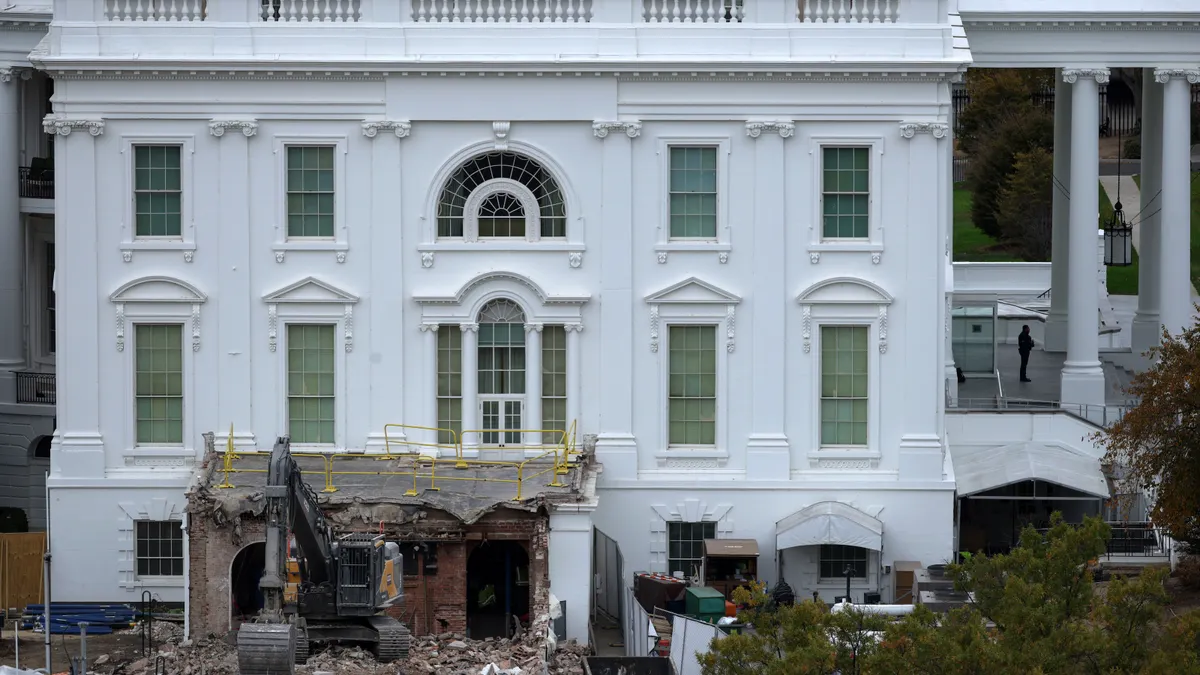UPDATE, Feb. 1 — The Environmental Protection Agency (EPA) and U.S. Army Corps of Engineers moved Wednesday to delay a decision on the Waters of the U.S. (WOTUS) rule until 2020, according to a release from the EPA. The agencies aim to replace the Obama-era regulation with a less broad definition of what constitutes federally protected water sources. EPA Administrator Scott Pruitt announced the 2015 rule would remain void for the next two years as the agencies craft updated regulations.
Dive Brief:
- The Supreme Court ruled Monday that issues around the contentious Waters of the U.S. (WOTUS) rule should be heard in federal district courts rather than appellate courts, a decision that could result in the currently stayed rule going into effect in some states, according to Engineering News-Record.
- The regulation has been stayed by an appellate court since 2015, so this new ruling throws that status into question. It also creates a timing problem for the Trump administration, which has been using the stay as an opportunity to work on the rule's repeal and replacement, a process that could take as long as a year.
- The National Association of Home Builders (NAHB) said it will request that a North Dakota federal district court grant a nationwide moratorium against the regulation after the Supreme Court in February issues its order to the 6th U.S. Circuit Court of Appeals, which will likely result in a lifting of the stay. The NAHB and other industry groups argued that the issue should be heard at the federal district level, creating more opportunities for appeals.
Dive Insight:
WOTUS was a target of industry groups long before the Trump administration began hammering away at the issue, primarily because, critics claim, that the definition of what constitutes a "water of the U.S." is too broad. Opponents argue that the Obama-era regulation protects temporary pools of water, like drainage ditches, just the same as it would a river.
Phys.org has reported that the Trump White House "inappropriately" excluded certain data about U.S. wetlands when making its decision to fight WOTUS, resulting in the omission of important data from its analysis. Leaving that information out, according to Phys.org, skewed the cost-benefit analysis and helped justify the administration's position.
President Trump directed the Environmental Protection Agency to review WOTUS, and, in July, the agency issued a proposal to replace and repeal. The EPA is advocating for the reinstatement of 1986 and 2008 definitions and regulations.
The administration has also cast aside environmental regulations as they pertain to U.S.-Mexico border wall construction. The Department of Homeland Security published a notice in the Federal Register earlier this month waiving environmental and historic preservation laws in order to expedite construction on a 20-mile portion of a vehicle barrier and bollard wall in New Mexico. DHS cited a need to complete the work on an accelerated schedule because of the project's proximity to the Ciudad Juarez crossing, which the department said has high incidences of illegal entry and drug smuggling.











